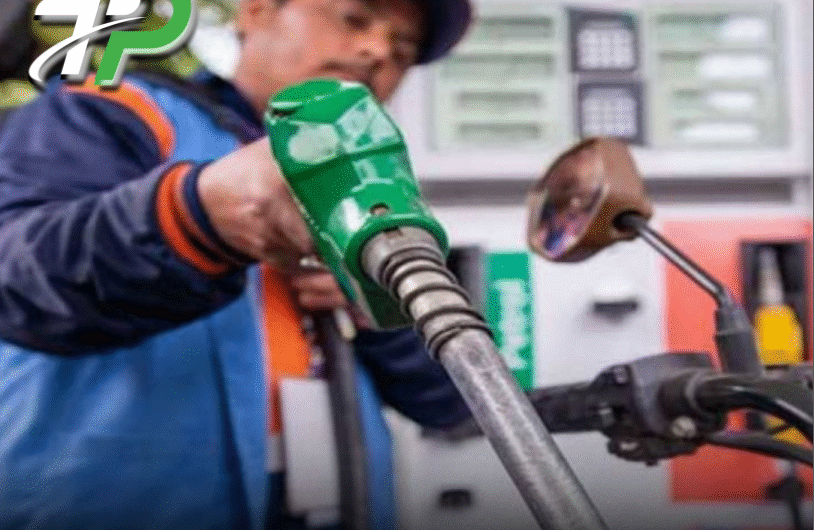
Inflation in Pakistan has reached a record high, as consumer prices rose 27.6% in January compared to 13% in the same month of the previous year. This is the highest year-on-year inflation since May 1975. The inflation rate has been over 20% since June and is due to supply constraints for food products, the recent surge in petroleum prices, and the logjam of containers in the country’s ports.
The Wholesale Price Index (WPI) also rose sharply by 28.53% in January compared to 24% in the same month a year ago. The overall inflation rate increased in both urban and rural areas, with food inflation in villages and cities rising by 45.2% and 39% respectively. The non-food inflation rate in urban areas was recorded at 15.6% and 20.9% in rural areas.
Core inflation, calculated by excluding food and energy items, rose 15.4% in urban areas and 19.4% in rural areas. Within the food group, prices of non-perishable food items surged 12.51% and perishable goods edged up by 2.66%.
The average inflation rate for the first seven months (July – January) of the current fiscal year came in at 25.4%, according to the Pakistan Bureau of Statistics. Analysts expect inflation to increase further with the recent depreciation of the rupee and the increase in petroleum prices.
The State Bank of Pakistan recently increased its benchmark rate to 17%, the highest in more than 24 years, in an effort to stabilize the economy which is facing supply shortages, sky-high prices, and a funding crunch.




